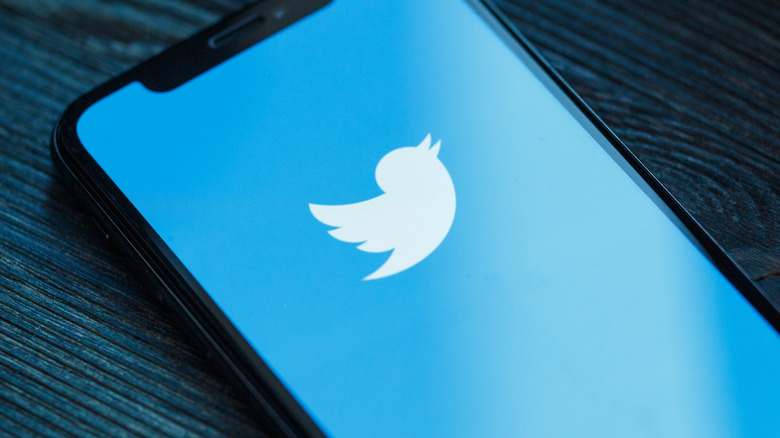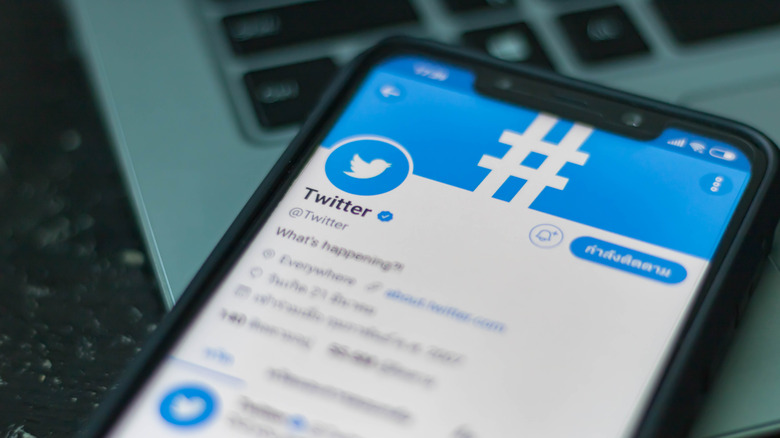Twitter's Ratio Phenomenon Explained
Some call Twitter an echo chamber and hold disdain for it, and others find community within the social media platform. It's not hyperbolic to say that Twitter can change one's life. The ability to express one's self to the world can bring about societal change, but it can also help one find like-minded people, job opportunities, romantic partners, and more.
Still, due to Twitter's short-form design, messages can be misconstrued, and people can become divided online just as in real life. For example, an unflattering Joe Biden hashtag had Twitter divided recently, and Mitt Romney's secret Twitter account was exposed this year, too. Speaking of politicians: One of Twitter's best assets is that it allows people to speak directly to their representatives in ways they've never been able to before. Users let their representatives know the changes they want to see as well as feedback on their actions.
What makes Twitter fascinating too is its circulation of memes and phenomena. Memes evolve on the platform constantly, and a meme that has become a phenomenon over the last year especially, which has been used against politicians, is the usage of the word "ratio" (via Know Your Meme).
Donald Trump was frequently ratioed before being banned from Twitter
The ratio phenomenon is relatively simple. According to Dictionary.com, a ratio, which is also referred to as "getting ratioed," is when people respond to a tweet "with negative replies such that commenters as a group take control of the momentum and message away from the original poster." Often, people will simply respond with the word "ratio" under someone's tweet in an effort to undermine the original tweet. These tweets often garner more likes and overall interaction than the original tweet. The word "ratio" is used because of the power imbalance that forms when more people like the ratio tweet than the original tweet. It's a meta way of acknowledging the action that's been committed against the original poster, emphasizing the gap in likes between the two tweets.
The discrepancy in likes between the two tweets is a symptom of the larger "ratio" meaning, which is an acknowledgment that the original tweet is receiving more replies than it is likes and retweets. A lot of times, "ratio" is commented under problematic tweets because it's acknowledging that more users are calling out the tweet than liking and retweeting it. It's used in fights, too, where people will end a fight by saying "ratio" (via How To Geek). If they're successful, there's no way the other person can continue the fight because they've already won by securing more likes. Ultimately, ratio tweets are often about trolling, with cases ranging all the way from trolling Donald Trump's tweets with them before he was banned from Twitter to everyday people using them against each other.
Now, ratios have been expanded beyond Twitter and can be found in comment sections on Instagram, TikTok, and other social media platforms.

